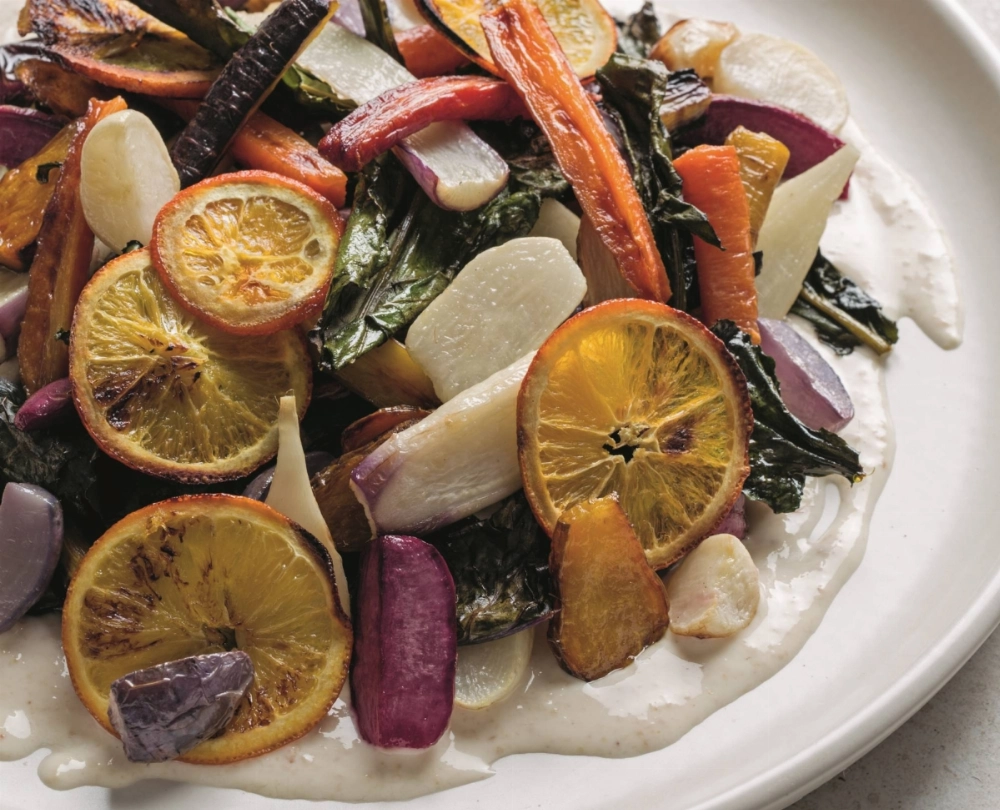The story of Sonoko Sakai’s life is perhaps best told by starting at the family kitchen table in her childhood home in Queens, New York.
“Butter on rice was such a thing,” says Sakai, 69, the first American-born child of her Japanese parents. “My mother grew up post-war, and there was hunger. Coming to America from Japan, there were eggs and cream, and she felt so lucky to have a giant refrigerator to put it all in. It was like a dream come true.”
From that unique background comes Sakai’s fourth cookbook, “Wafu Cooking: Everyday Recipes with Japanese Style.” The book contains several instant classic recipes, from traditional Japanese fare with a twist (as in the Miso-Honey Butter on Toasted Onigiri [riceballs]) to Western home cooking with added depth (as in the Shiokōji [cooked rice inoculated with Aspergillus oryzae mold] Marinated Roast Chicken). Most dishes in the book are quick, usually not taking longer than 30 minutes, and the pages are adorned with cute illustrations by collaborator Juliette Bellocq and mouthwatering photos by Rick Poon. My one wish was for a picture of her mother’s lasagna, enriched with a blend of Western and wafū (Japanese style) flavors, but the space where it should be is empty.



















With your current subscription plan you can comment on stories. However, before writing your first comment, please create a display name in the Profile section of your subscriber account page.